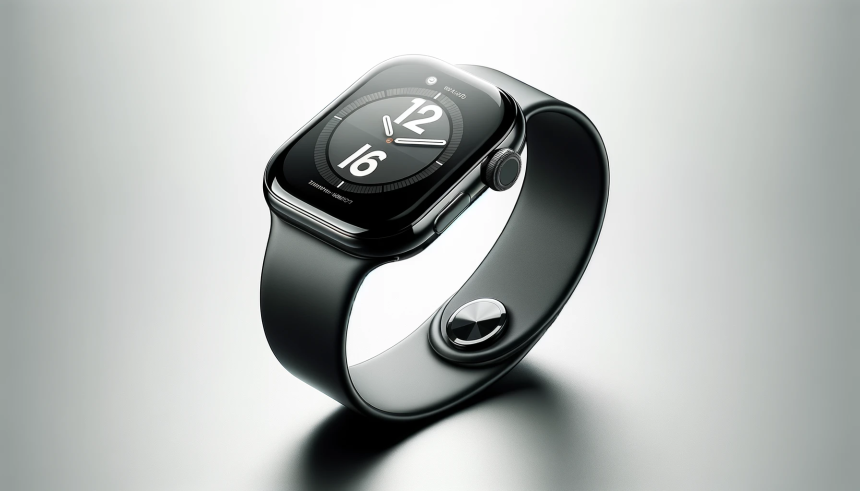The Apple Watch, introduced a decade ago, has evolved into a central device for millions worldwide. Initially perceived as a simple accessory, it now integrates seamlessly into daily life, offering functionalities that extend beyond timekeeping. This evolution reflects Apple’s commitment to blending technology with personal health and connectivity. Users have witnessed significant advancements in features and design, making the Apple Watch a staple in both personal and professional settings.
Over the years, the Apple Watch has adapted to meet diverse user needs, incorporating various health monitoring tools and connectivity options. These enhancements have solidified its position in the wearable technology market, setting standards for competitors. The device’s capability to track health metrics like heart rate and physical activity has empowered users to take proactive steps towards better health management.
How Has the Apple Watch Enhanced Health Monitoring?
The integration of advanced health sensors allows the Apple Watch to provide detailed insights into users’ well-being. This includes monitoring heart rate, detecting irregular rhythms, and tracking physical activities, which have become essential features for health-conscious individuals.
What Connectivity Features Make the Apple Watch Indispensable?
Connectivity options such as cellular capabilities and seamless integration with other Apple devices enable users to stay connected without relying solely on their smartphones. This independence enhances the user experience, making the Apple Watch a versatile tool for communication and productivity.
In What Ways Has Design Evolved Over the Decade?
The Apple Watch has seen significant design refinements, offering a range of styles and materials to cater to different preferences. These aesthetic improvements, combined with functionality, have broadened its appeal across various demographics.
“The Apple Watch has fundamentally changed how we interact with technology on a personal level,”
commented a technology analyst. This statement underscores the device’s impact on daily routines and personal management. Additionally, the continuous software updates and new features released by Apple have kept the watch relevant and competitive in the rapidly evolving tech landscape.
The Apple Watch’s journey over the past decade illustrates a successful blend of innovation and user-centric design. Its ability to adapt and offer new functionalities has maintained its relevance in a crowded market. This sustained success highlights Apple’s strategic approach to product development and market adaptation.
Looking ahead, the Apple Watch is poised to incorporate even more sophisticated technologies, further enhancing its role in personal health and connectivity. Users can expect continued improvements that will expand its capabilities and integration into everyday life, ensuring it remains a key player in the wearable tech industry.










